In the era of the Internet of Things (IoT), IoT protocols play a crucial role in connecting devices, transmitting data, and managing smart devices. Choosing the right protocol helps optimize performance, save energy, and ensure data security. In this article, we will take an in-depth look at popular IoT protocols such as ZigBee, Matter, NB-IoT, analyzing their advantages, disadvantages, and real-world applications.
ZigBee
ZigBee is one of the most widely used wireless IoT protocols, especially in smart home applications. It is developed based on the IEEE 802.15.4 standard, focusing on energy efficiency and the ability to create mesh networks.
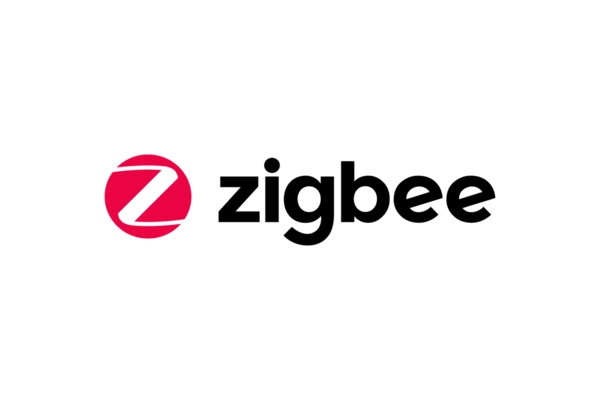
Advantages of ZigBee
- Energy efficiency: ZigBee consumes very little power, making it suitable for battery-powered devices such as temperature sensors and smart lights.
- Network scalability: ZigBee supports mesh networking, allowing devices to communicate even over long distances or through obstacles.
- Low deployment cost: ZigBee is easy to implement, and the hardware costs are relatively low.
Disadvantages and limitations
- Low data bandwidth: Not suitable for applications requiring the transmission of large amounts of data.
- Limited connection range: Typically suitable only for indoor areas such as homes or offices.
Real-world applications
ZigBee is widely used in smart home systems, automated lighting, temperature sensors, security systems, and building management.
Matter
Matter is a new IoT protocol developed to create a common connectivity standard for smart devices from multiple manufacturers. Matter focuses on security, compatibility, and easy deployment across platforms such as Wi-Fi, Thread, and Ethernet.
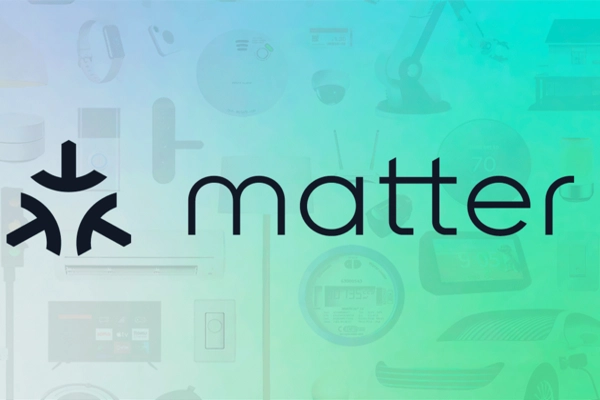
Benefits of Matter
- High security: Matter uses end-to-end encryption to protect data during transmission.
- Cross-platform compatibility: Enables devices from different brands to work seamlessly within the same ecosystem.
- Remote update support: Extends device lifespan and simplifies IoT system maintenance.
Disadvantages
- Matter is still new and has not been widely deployed in the market.
- Devices must support the new standard, which may require hardware upgrades.
Real-world applications
Matter is commonly used in smart home ecosystems, consumer IoT devices, smart cameras, lighting systems, and environmental sensors.
NB-IoT
NB-IoT (Narrowband IoT) is an IoT protocol that uses LTE cellular networks, designed for devices that need to transmit data periodically with low bandwidth and low energy consumption. NB-IoT is suitable for remote monitoring applications and smart metering devices.
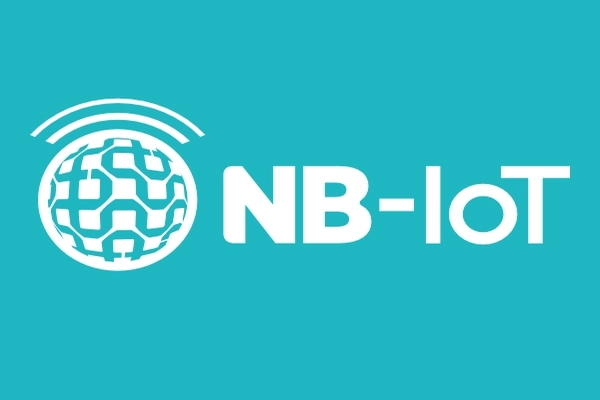
Advantages of NB-IoT
- Wide coverage: Can operate even in underground areas or remote locations.
- Energy efficiency: Devices can operate for several years on a single battery.
- Reasonable deployment cost: Particularly suitable for large-scale IoT projects.
Disadvantages
- Higher data transmission latency compared to protocols like LoRa or ZigBee.
- Limited bandwidth, making it unsuitable for applications requiring large data transfers or real-time communication.
Real-world applications
NB-IoT is commonly used in smart electricity, water, and gas meters, environmental monitoring, agricultural management, and industrial IoT devices.
LoRa
LoRa (Long Range) is a low-frequency wireless communication protocol, notable for its long-range connectivity and low energy consumption. LoRa is typically deployed using the LoRaWAN standard, supporting large-scale IoT projects.
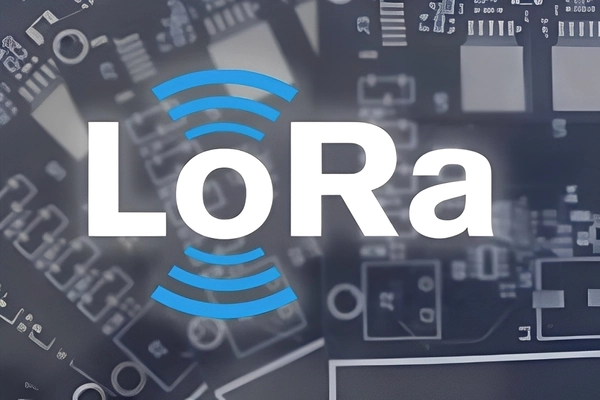
Advantages of LoRa
- Long-range connectivity: Can reach up to 10–15 km in rural areas.
- Energy efficiency: Small battery-powered devices can operate for several years.
- Easy scalability: New devices can be added to the network without affecting performance.
Disadvantages
- Low bandwidth, not suitable for applications requiring continuous data transmission or video streaming.
- Signal interference may occur in densely populated urban areas.
Real-world applications
LoRa is used in environmental monitoring, smart agriculture, asset tracking, smart cities, and community IoT projects.
MQTT
MQTT (Message Queuing Telemetry Transport) is an IoT protocol based on the publish/subscribe mechanism, suitable for transmitting lightweight data with low latency. MQTT is particularly effective for applications requiring real-time data updates.

Advantages of MQTT
- Bandwidth efficiency: Transmits lightweight data, making it suitable for IoT networks with limited capacity.
- Support for multiple devices: Easily manages large IoT networks.
- Quality of Service (QoS): Ensures data is delivered reliably and on time.
Disadvantages
- Not ideal for applications requiring extremely high data security unless combined with TLS.
- Requires an intermediary broker, which adds complexity to network deployment.
Real-world applications
MQTT is used in smart homes, industrial IoT, mobile devices, real-time monitoring, and event alert applications.
CoAP
CoAP (Constrained Application Protocol) is a protocol designed for IoT devices with limited resources. CoAP operates over UDP, enabling fast data transmission, low energy consumption, and suitability for compact IoT environments.

Advantages of CoAP
- Small packet size: Conserves bandwidth, making it suitable for low-power IoT networks.
- Easy integration with HTTP: Supports communication with web services and the Internet.
- Energy efficiency: Ideal for embedded sensors and battery-powered devices.
Disadvantages
- Less reliable than MQTT if the network experiences latency or packet loss.
- Less widely adopted than other protocols, limiting integration with commercial platforms.
Real-world applications
CoAP is commonly applied in environmental monitoring, smart medical devices, smart home sensors, and embedded industrial IoT devices.
LwM2M
LwM2M (Lightweight Machine-to-Machine) is an IoT device management protocol that provides functions such as remote configuration, status monitoring, and firmware updates. LwM2M is typically deployed over NB-IoT, LTE-M, or LoRa networks.

Advantages of LwM2M
- Efficient device management: Enables remote monitoring and control of large numbers of devices.
- Energy efficiency: Suitable for small battery-powered IoT devices with long operational life.
- Data security: Supports secure data transmission and device authentication.
Disadvantages
- More complex to implement compared to CoAP or MQTT.
- Requires infrastructure that supports the LwM2M standard and device management servers.
Real-world applications
LwM2M is commonly used in smart building management, industrial device monitoring, agricultural sensors, and smart city projects.
XMPP
XMPP (Extensible Messaging and Presence Protocol) is an open messaging protocol that supports real-time data transmission between IoT devices. XMPP is primarily used in applications requiring continuous status updates and instant information exchange.
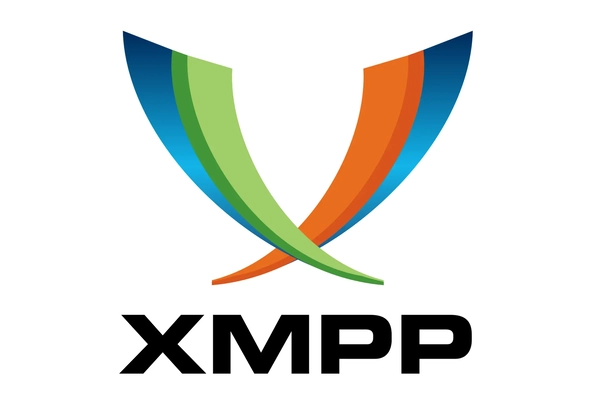
Advantages of XMPP
- Real-time data transmission: Suitable for systems that require rapid updates.
- High security: Supports authentication mechanisms and data encryption.
- Good scalability: Well-suited for IoT networks with many devices.
Disadvantages
- More complex than lightweight protocols like CoAP or MQTT.
- Higher energy consumption, making it less suitable for battery-powered IoT devices.
Real-world applications
XMPP is used in autonomous robots, smart devices requiring instant data exchange, IoT messaging systems, and communication between industrial sensors.
HTTP
HTTP (HyperText Transfer Protocol), although widely used on the web, is also employed in IoT to transmit data between devices and servers. HTTP is typically applied to devices with strong processing capabilities that need to interact with web services.
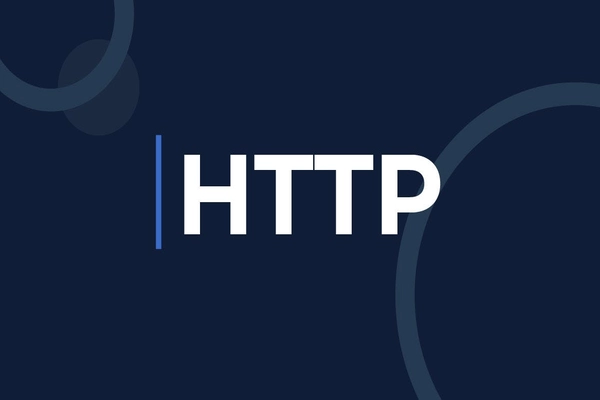
Advantages of HTTP
- Widely adopted and easy to integrate: Most servers and applications support HTTP.
- Supports diverse data formats: Compatible with JSON, XML, and other common formats.
- Easy interaction with the Internet: Suitable for IoT applications integrated with web services.
Disadvantages
- Higher energy consumption compared to lightweight protocols like CoAP or MQTT.
- Not optimal for IoT devices with limited resources.
Real-world applications
HTTP is commonly used in smart cameras, IoT metering devices, web-based IoT applications, and remote monitoring systems.
DDS
DDS (Data Distribution Service) is a data-centric IoT protocol designed for systems requiring low-latency data transmission, high scalability, and reliable quality of service.

Advantages of DDS
- Real-time data transmission: Suitable for applications requiring low latency.
- Scalability and flexibility: Supports many devices and complex applications.
- Security and quality of service management: Ensures data is transmitted correctly and securely.
Disadvantages
- Complex configuration and deployment, requiring advanced technical knowledge.
- DDS hardware and software support are not as widespread as MQTT or HTTP.
Real-world applications
DDS is commonly used in autonomous robots, medical devices, smart transportation, industrial monitoring, and real-time IoT systems.
AMQP
AMQP (Advanced Message Queuing Protocol) is a message-oriented protocol optimized for transmitting data between IoT devices and servers securely and reliably. AMQP provides mechanisms for queuing, acknowledgment, and message routing.
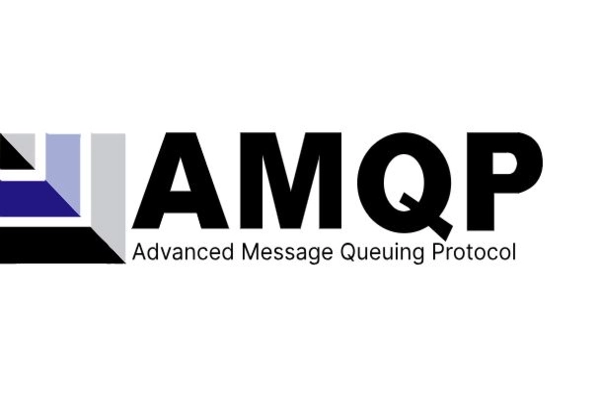
Advantages of AMQP
- Ensures secure data transmission: Suitable for critical applications that require high consistency.
- Supports queuing and acknowledgment mechanisms: Ensures data is not lost and is processed in the correct order.
- Good scalability: Facilitates the management of complex IoT systems.
Disadvantages
- Complex to deploy, requiring an intermediary server (broker).
- Higher energy consumption compared to lightweight protocols, not optimal for battery-powered devices.
Real-world applications
AMQP is used in logistics management, industrial IoT, e-commerce, and systems that demand high reliability in data transmission.
Choosing the right IoT protocol plays a decisive role in the success of any IoT project. From ZigBee, Matter, NB-IoT, LoRa, MQTT, CoAP, LwM2M, XMPP, HTTP, DDS to AMQP, each protocol has its own advantages and applications depending on requirements for energy efficiency, latency, security, and scalability. Understanding each protocol helps developers, engineers, and businesses build effective IoT systems, optimize costs, and enhance user experience.
